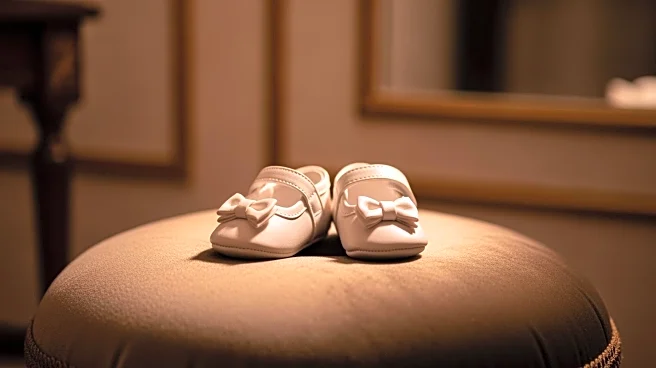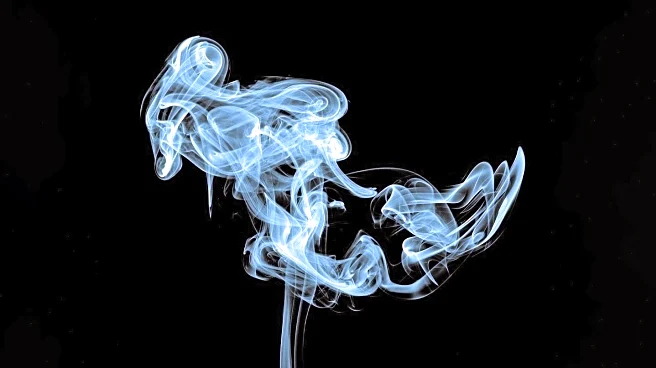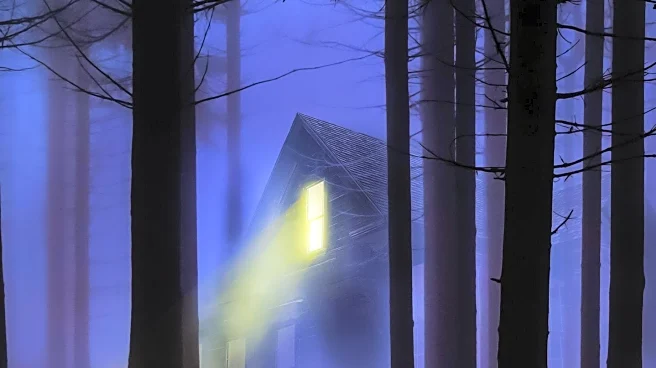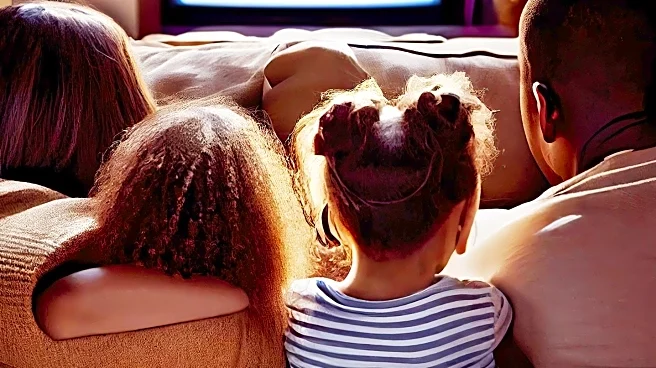What's Happening?
Parents and caregivers have shared unsettling experiences where children have made eerie statements, suggesting possible supernatural encounters. These stories often involve children between the ages of 3
and 7, who describe seeing figures or hearing voices that adults cannot perceive. Experts in child psychology and the paranormal offer differing explanations for these occurrences. Some attribute them to children's active imaginations and developmental stages, while others suggest a spiritual openness that allows children to perceive phenomena adults cannot. The stories range from children describing deceased relatives they never met to seeing figures in their homes, prompting discussions on whether these experiences are purely imaginative or indicative of a deeper connection to the spiritual realm.
Why It's Important?
These stories highlight the intersection of child development and cultural beliefs about the supernatural. Understanding why children report such experiences can inform parenting strategies and psychological approaches. For parents, these incidents can be both fascinating and concerning, raising questions about how to address children's fears and imaginations. The broader cultural implications involve how society interprets and validates experiences that challenge conventional perceptions of reality. This topic also touches on the importance of fostering open communication between parents and children, ensuring that children feel safe and understood when they express unusual experiences.
Beyond the Headlines
The phenomenon of children reporting supernatural experiences may have ethical and cultural dimensions, particularly in how adults respond to these claims. Encouraging open dialogue without dismissing or overly validating these experiences can help children develop critical thinking skills and emotional resilience. Additionally, these stories may reflect broader societal beliefs about the supernatural and the role of imagination in childhood development.











